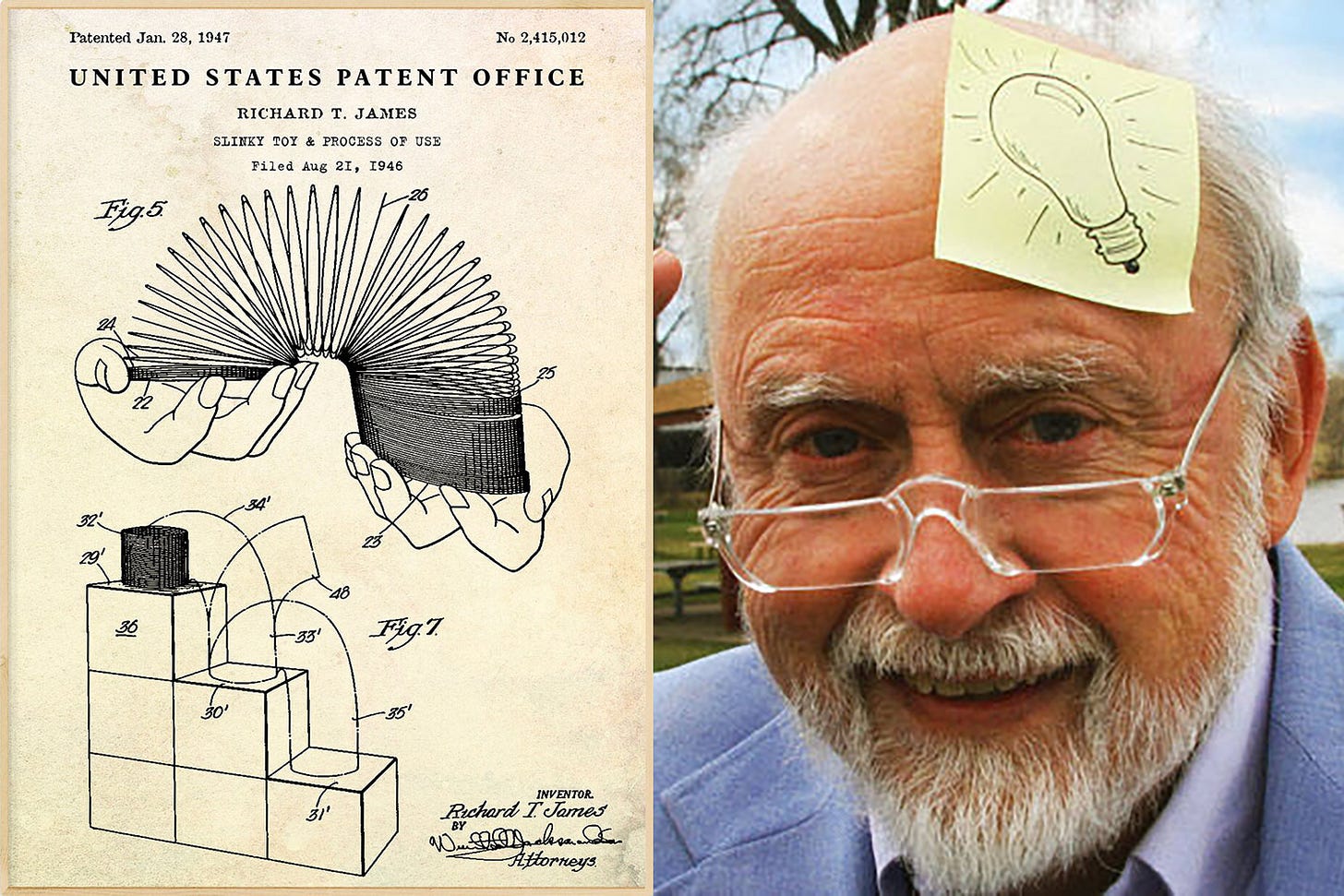Happy Accidents
Let's finish the week with ten discoveries that were "happy accidents" – serendipitous breakthroughs. The lesson? Stay curious and keep your mind open.
Penicillin: Alexander Fleming, 1928
Fleming saw that mould had accidentally contaminated one of his Petri dishes, and was killing the surrounding bacteria. This chance observation led to the development of antibiotics.
Microwave Oven: Percy Spencer, 1945
Spencer, an engineer at Raytheon, was working on radar equipment when…




